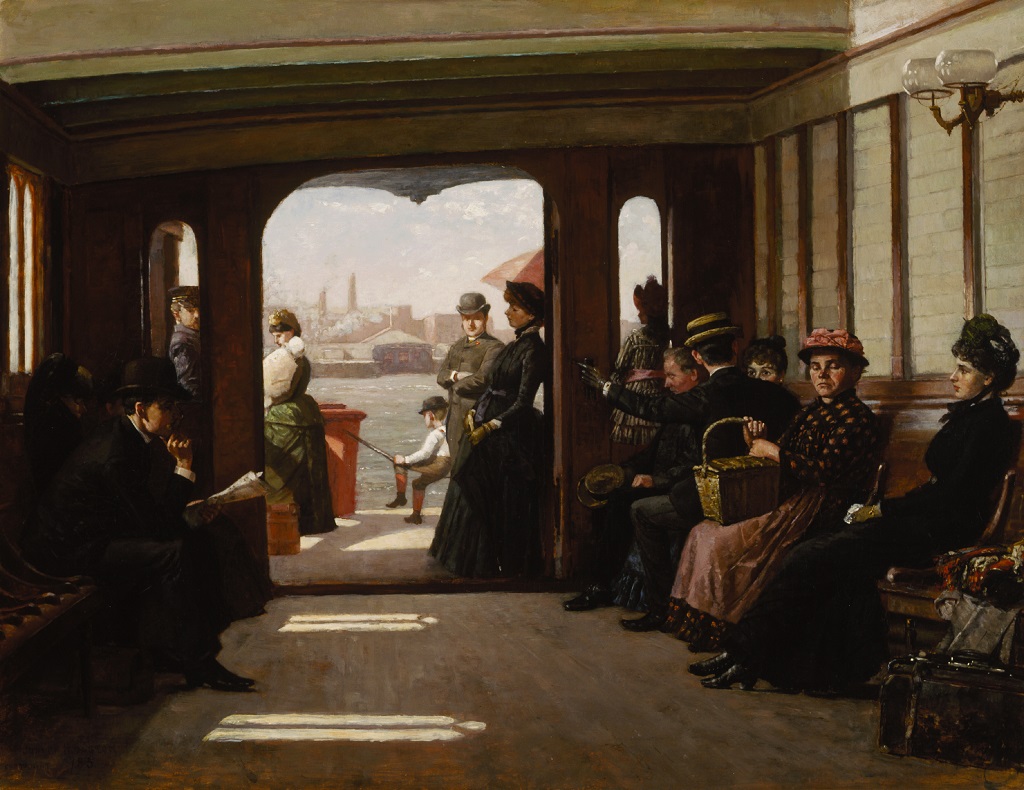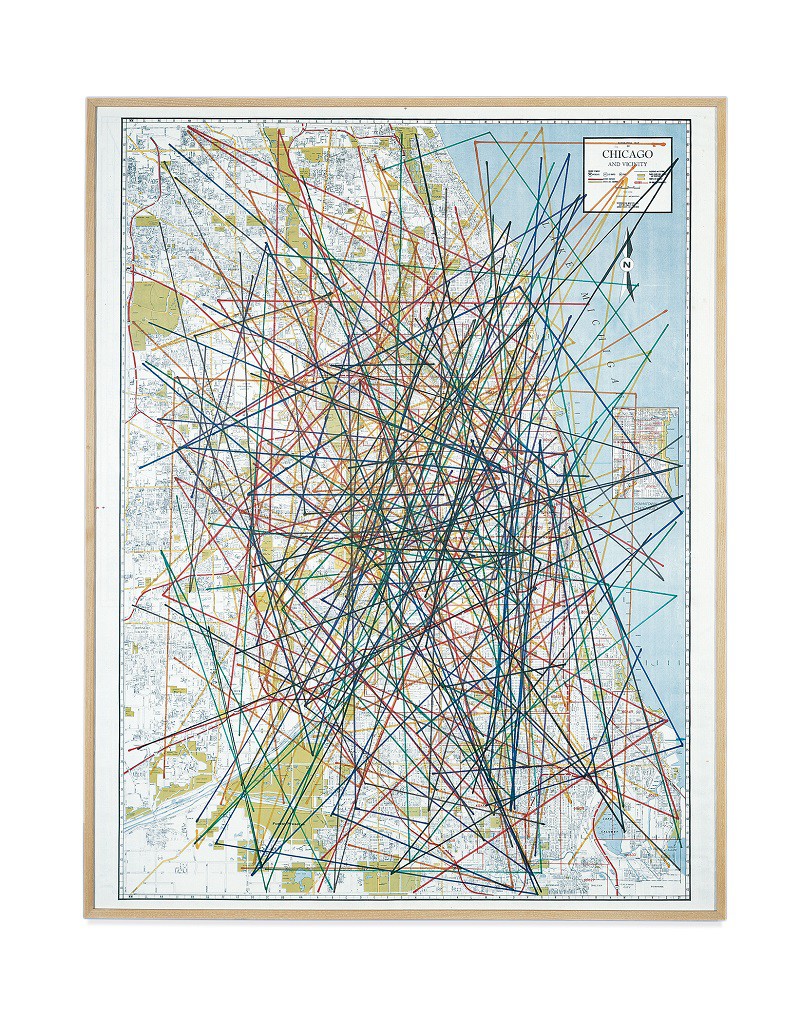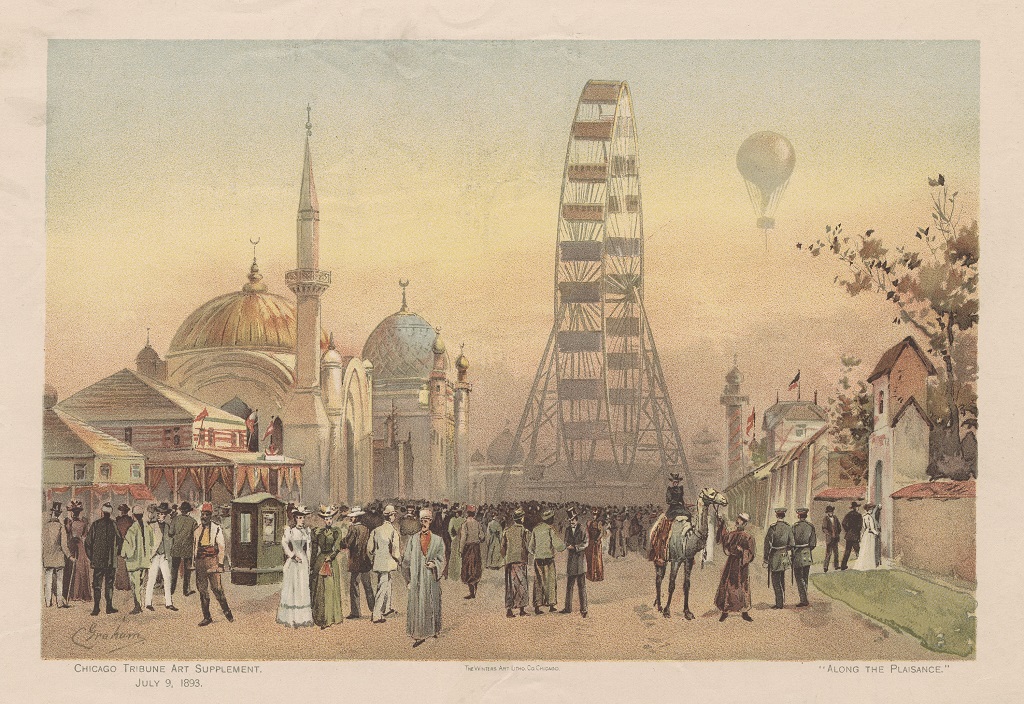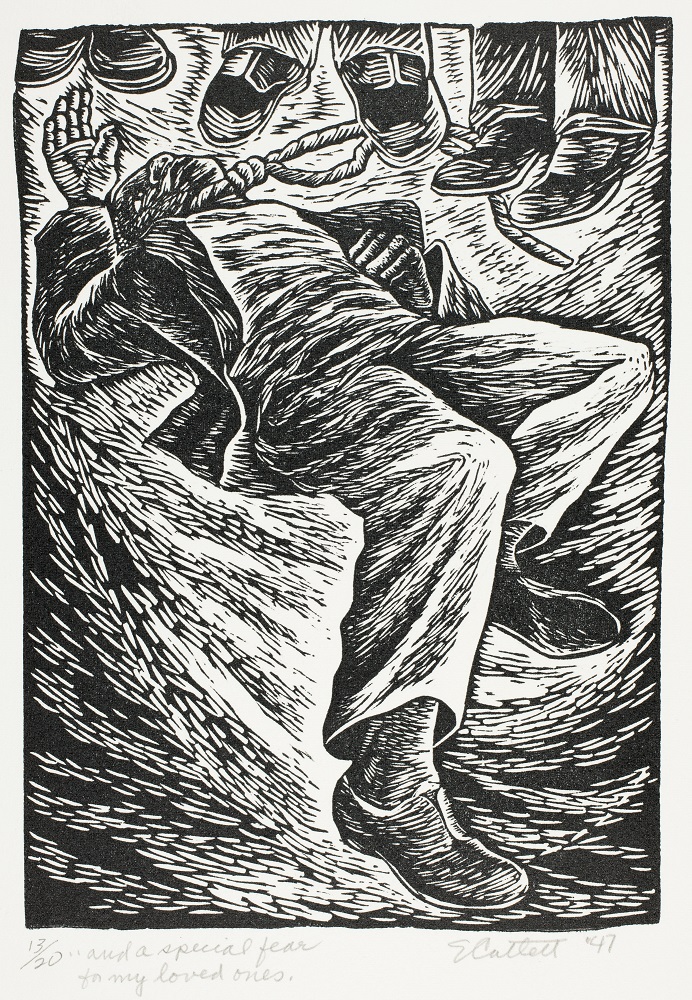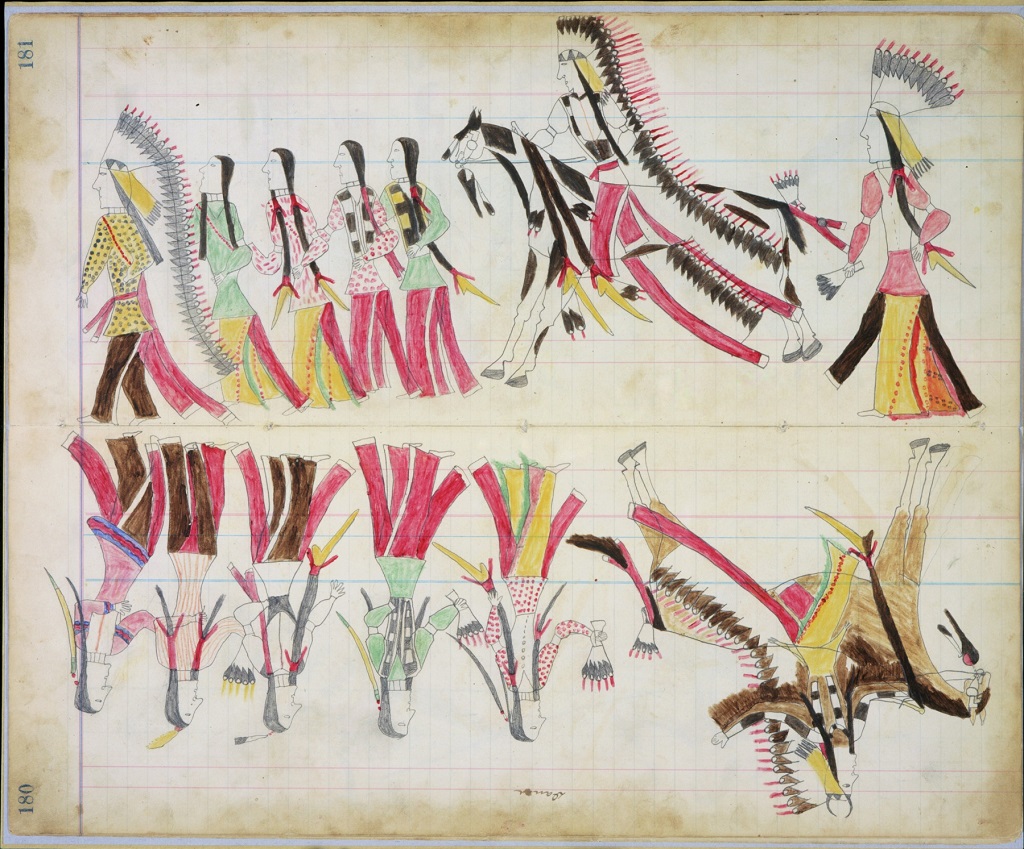Author:
Sara Jatcko, Terra Foundation for American Art
At First Glance
What is the first thing that you notice when you look at this painting? Why does it stand out? Where do you think the artist wants you to focus your attention? Describe that area. What makes you say that? What is the setting here? Cite details from the painting for your answer. Do the people seem related or unrelated to one another? What makes you think so?
Read to Build Knowledge
Picture yourself riding with these passengers in a ferry that is crossing a wide urban waterway. Imagine the rocking of the boat and sounds of gulls and lapping water. Window-shaped pools of sunlight reflect on the wooden floor at your feet. It’s the end of the day. Look closely at the people around you. The clothes worn by the other passengers give clues about who they are. A colorfully dressed maid carries a basket. A businessman hunches forward to catch the light as he reads his paper. A tourist in a straw hat gestures toward the water as he talks to a female friend. While you and your fellow passengers might be different from one another in terms of your ages and situations in life, on this boat you share an everyday journey: traveling home on the ferry.
Artist Joseph Boston lived in Brooklyn, New York and was just beginning his career when he painted this artwork. He was inspired by Walt Whitman’s 1856 poem “Crossing Brooklyn Ferry.” As a Brooklynite, the artist would have been familiar with the short ferry ride across the East River to New York City. But both the journey that Boston depicts in his painting and the experience that Whitman describes in his poem are about more than just a daily commute.
Look closely at the woman in black. She sits still and alone at the edge of a bench, clutching a handkerchief. Her dress and pose indicate that she is grieving the recent death of a loved one. This character links Boston’s painting to one of the greater themes in Whitman’s poem. Whitman calls on “countless crowds of passengers” to “cross from shore to shore,” both physically and symbolically as they cross from life to death. These words inspired this painting’s title, From Shore to Shore. In the painting and poem, an everyday journey becomes a profound metaphor for the journey through life. Both the poet and the painter suggest that while all people take different paths in their lives, the human experience is a journey unites us all.
Analyze and Interpret
- What vantage point do you the viewer have on this scene? Do you feel like you are a part of the scene or separate from it? How did the artist arrange the picture to give you that feeling?
- How does the location of the people within the artwork influence its impact on you?
- Notice how the artist used strong contrasts between dark and light colors in the painting. How does this contribute to the story?
- What patterns (repeated elements) do you see in this artwork? How do you think the artist is using these to tell the story?
- Do you see any details in the painting (in addition to the grieving woman) that suggest the transition from life to death?
- If you were to write a label for this artwork, what would it say?
Extension activity
Read the poem “Crossing Brooklyn Ferry” found at the link below, and answer the following questions.
- What lines in Walt Whitman’s poem give you the feeling of riding on a boat? Where does Whitman use patterns and repetition of elements? (cite evidence from the poem)
- Do you think there’s anything that this painting communicates better than the poem that inspired it? Describe it.
- What does the poem say that the painting cannot show? What are the pros and cons of using an image versus using a text to communicate the same theme?
- Why do you think artist Joseph Boston chose a different title for this artwork than the title Walt Whitman used in his poem?
For further reading (students)
Whitman, Walt. “Crossing Brooklyn Ferry,” http://www.poetryfoundation.org/poem/174738
For further reading (teachers)
Terra Foundation for American Art. “From Shore to Shore,” http://collection.terraamericanart.org/view/objects/asitem/People$0040141/0?t:state:flow=a50da132-2020-4c44-8cc0-8e1cfae77893

